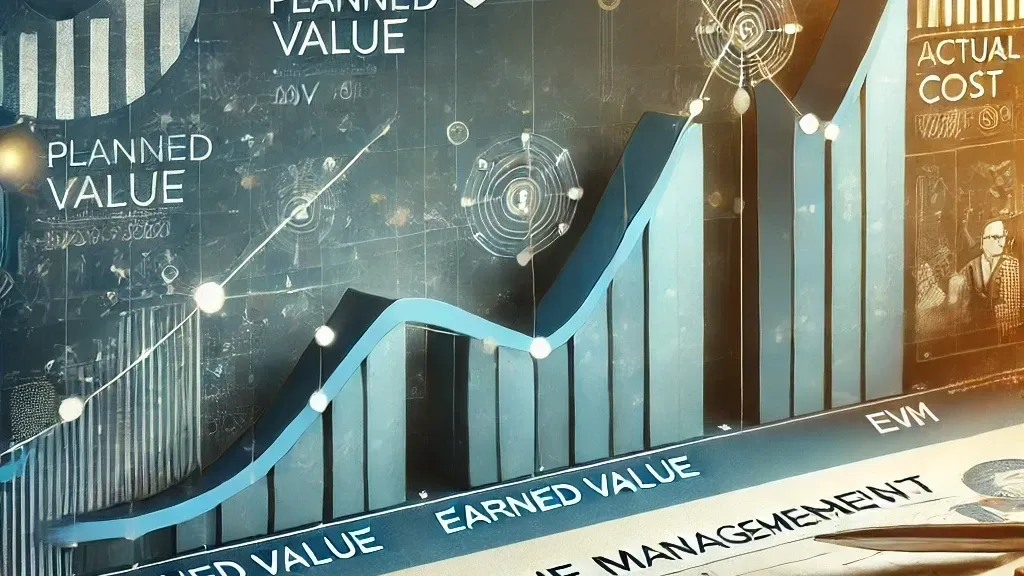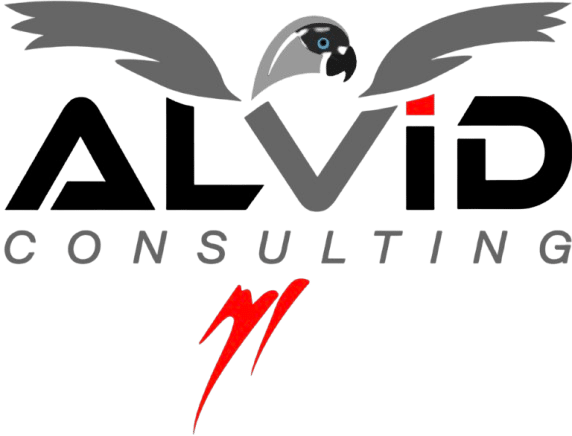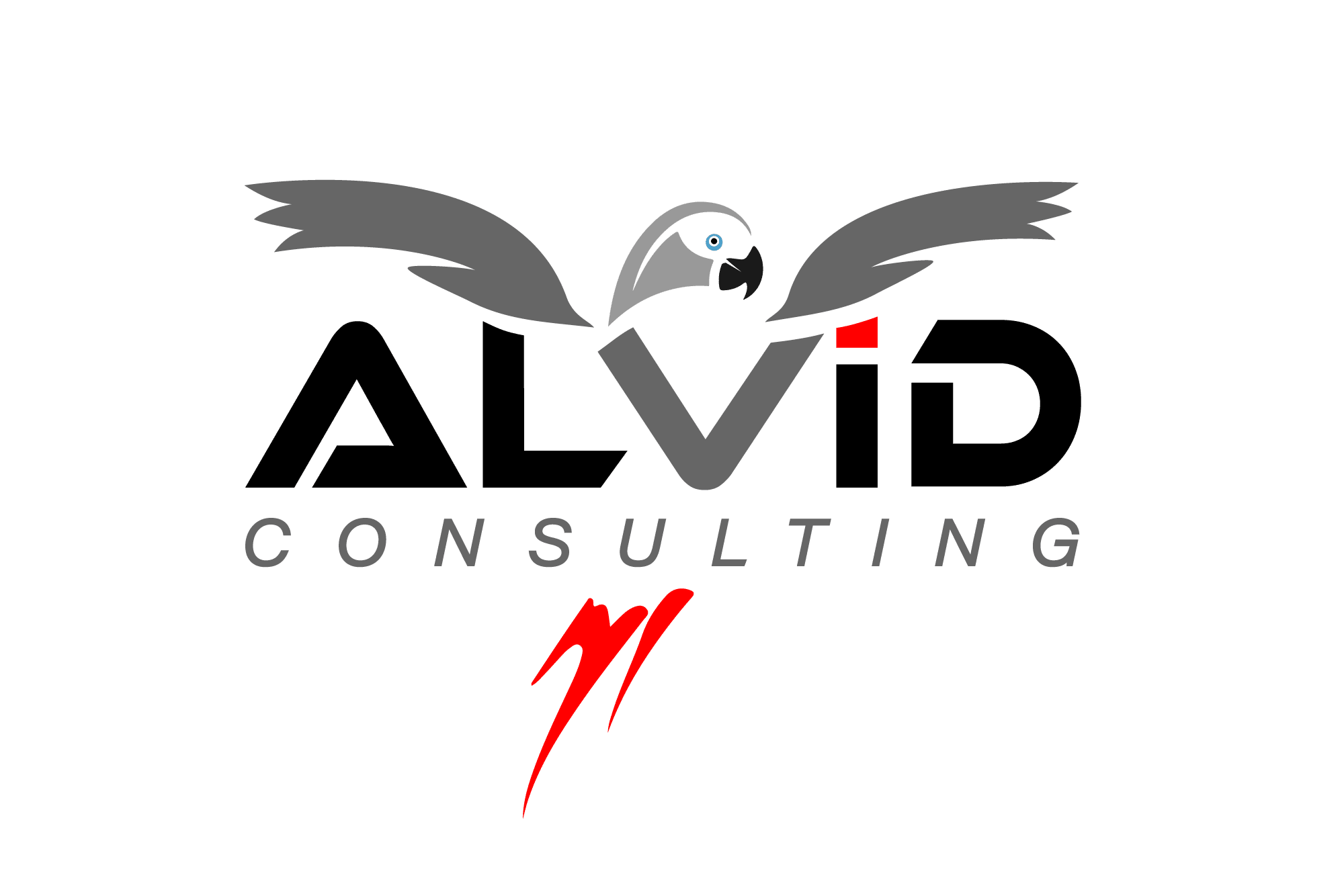Why Earned Value Management (EVM) is Still One of the Best Project Control Techniques
Introduction: The Need for Data-Driven Project Control
In complex projects—construction, aerospace, defense, IT, and infrastructure—cost overruns and schedule delays are common risks. Traditional budget tracking and schedule reporting often fail because they only measure what has been spent and what has been done separately, without linking them together.
👉 This is where Earned Value Management (EVM) stands out. Unlike basic cost tracking, EVM provides an integrated view of scope, schedule, and cost performance in one unified framework.
EVM enables project managers to quantify performance, forecast future trends, and take proactive corrective actions. Despite its proven value, many organizations still struggle with effective implementation.
This article provides a detailed, high-value breakdown of EVM, including:
✅ Core EVM metrics and formulas
✅ How to apply EVM to real-world projects
✅ Industry case studies
✅ Challenges and best practices for EVM implementation

📌 1. What is Earned Value Management (EVM)?
✅ Definition:
EVM is a quantitative project management techniquethat integrates:
📌 Planned work(what should be done)
📌 Actual work completed(what has been done)
📌 Costs incurred (what has been spent)
By comparing these three data points, EVM gives accurate, real-time insights into project health.
🎯 Key Benefits of EVM:
✅ Predicts cost overruns before they happen 📊 ✅ Identifies schedule delays in real time ⏳ ✅ Improves decision-making with objective performance data 📈 ✅ Bridges the gap between financial reports and execution-level tracking
📌 2. Core EVM Metrics & Formulas
EVM uses a set of key performance indicators (KPIs) to measure project progress.

🎯 Understanding CPI & SPI: The Two Most Critical Indicators
- CPI (Cost Performance Index) measures cost efficiency. If CPI = 0.80, this means that for every $1 spent, only $0.80 of work is completed—indicating inefficiency.
- SPI (Schedule Performance Index) measures schedule efficiency. If SPI = 1.20, this means that the project is ahead of schedule.
📌 General Rules:
- CPI < 1 → Over budget
- CPI > 1 → Under budget
- SPI < 1 → Behind schedule
- SPI > 1 → Ahead of schedule
📌 3. Applying EVM to Real-World Projects
🛠 Step-by-Step EVM Application:
1️⃣ Establish a Baseline (BAC – Budget at Completion)
- Define the project budget and create a time-phased cost plan.
2️⃣ Track Work Progress (Earned Value Calculation)
- Measure how much work has been completed against the planned scope.
3️⃣ Collect Cost Data (Actual Cost Calculation)
- Capture real-time expenses on labor, materials, and overheads.
4️⃣ Analyze Performance (CPI & SPI Calculation)
- Compare Earned Value (EV), Planned Value (PV), and Actual Cost (AC) to measure project efficiency.
5️⃣ Forecast Final Costs (Estimate at Completion – EAC)
- Use EVM formulas to predict final project costs: EAC = BAC / CPI (If future performance matches past trends)
📌 4. Case Study: EVM in Action (Infrastructure Project)
📍 Scenario:
An $80 million highway expansion project is at the 6-month mark of a 12-month schedule.
📍 Current Project Data:
- BAC (Budget at Completion): $80M
- Planned Value (PV): $40M (50% of project scheduled completion)
- Earned Value (EV): $36M (Only 45% of work completed)
- Actual Cost (AC): $44M (More spent than expected)
📍 Performance Analysis:

📍 Forecasting Final Cost (EAC Calculation):
Using EAC = BAC / CPI: $80M / 0.82 = $97.56M
📌 🚨 ALERT: The project is projected to exceed the budget by $17.56M if corrective actions are not taken!
📍 Corrective Actions Using EVM Insights
✅ Increase workforce efficiencyto improve CPI.
✅ Resequence non-critical tasksto recover SPI.
✅ Implement cost-saving measures on remaining work packages.
📌 5. Challenges of Implementing EVM in Large Projects
📉 Despite its benefits, EVM faces practical challenges in real-world application:
❌ Resistance to Change– Many teams are unfamiliar with EVM and reluctant to adopt it.
❌ Data Collection Complexity– Requires real-time tracking of costs and work progress.
❌ Integration Issues – Difficult to align with ERP systems, scheduling tools (Primavera P6), and cost control software.
❌ Over-Reliance on Past Data – Future performance may not always match historical trends.
📌 Best Practices for EVM Implementation
✅ Train Project Teams– Educate key personnel on EVM fundamentals.
✅ Automate Data Collection – Integrate EVM with Primavera P6, SAP, Power BI.
✅ Ensure Stakeholder Buy-In – Show decision-makers the value of real-time tracking.
✅ Use EVM for Early Warnings – Identify risks before they escalate into delays.
🏁 Conclusion: Why EVM Remains a Gold Standard in Project Control
Earned Value Management (EVM) is still one of the most powerful project control techniques because it provides quantifiable performance insights, proactive risk mitigation, and accurate forecasting.
💡 What challenges have you faced when implementing EVM? How do you use it in your projects? Share your thoughts in the comments!

